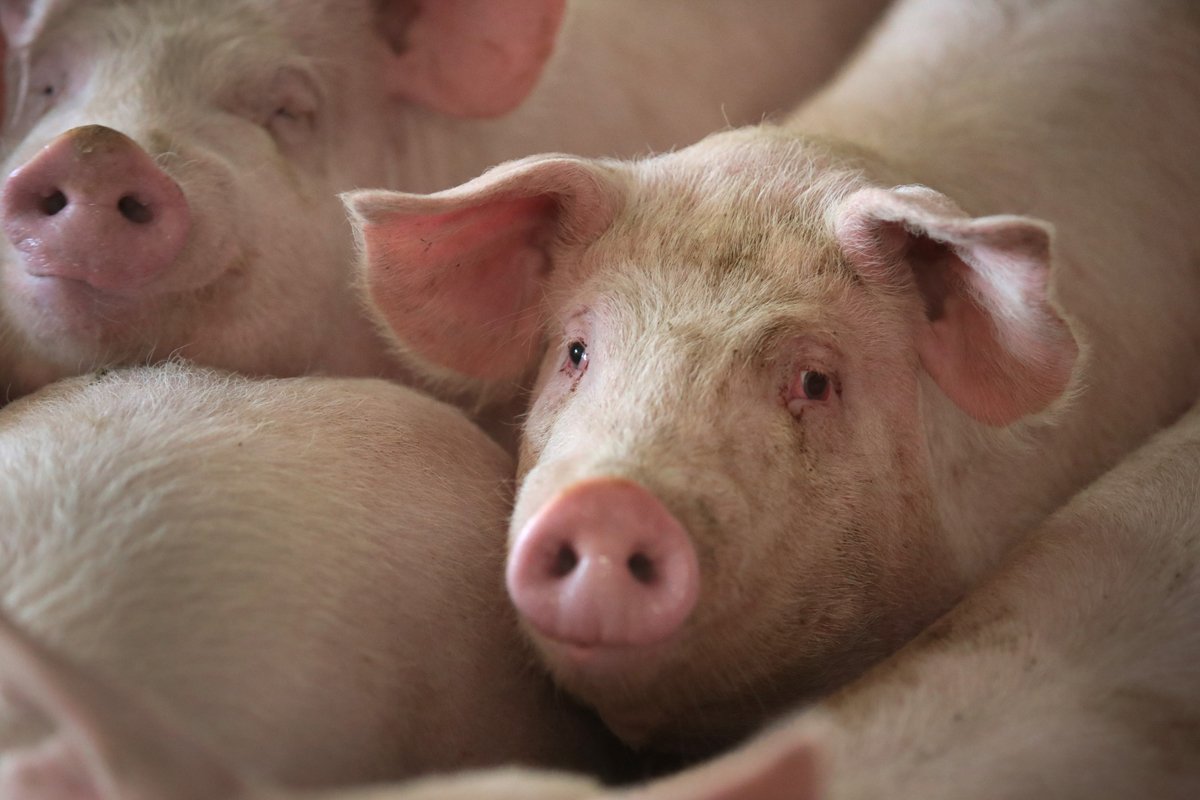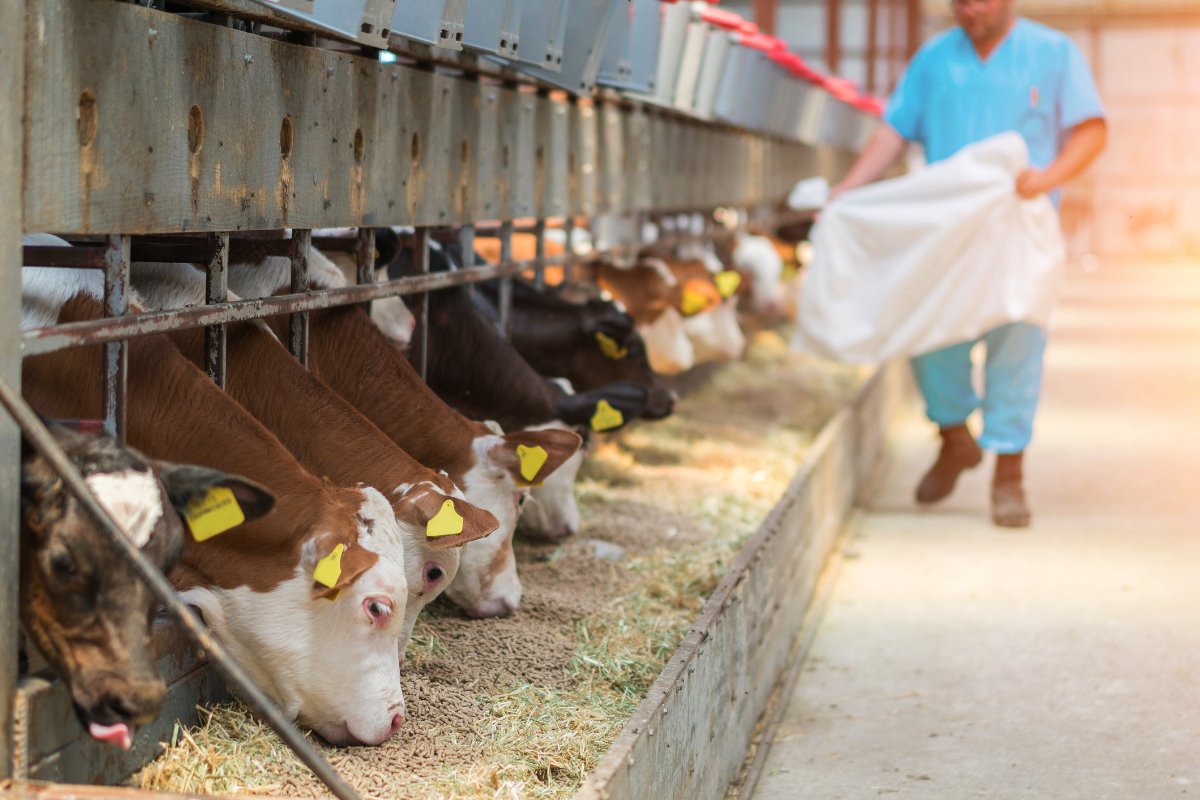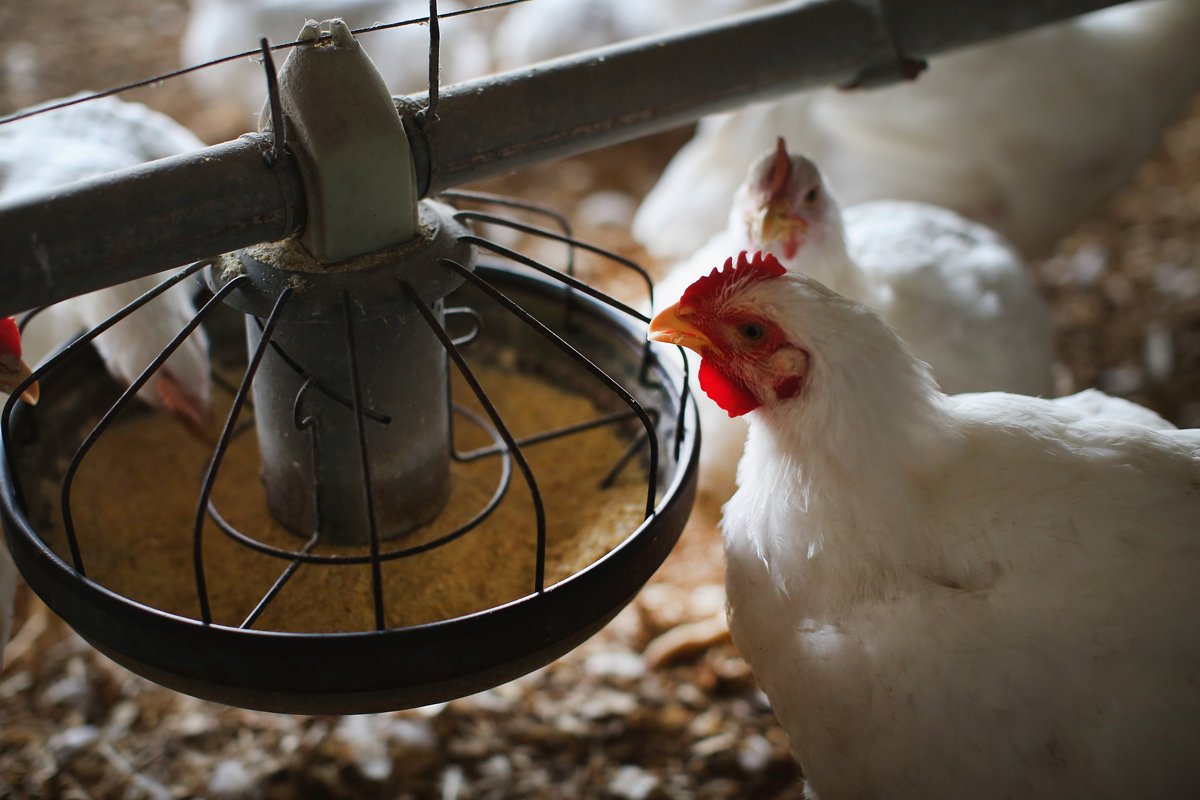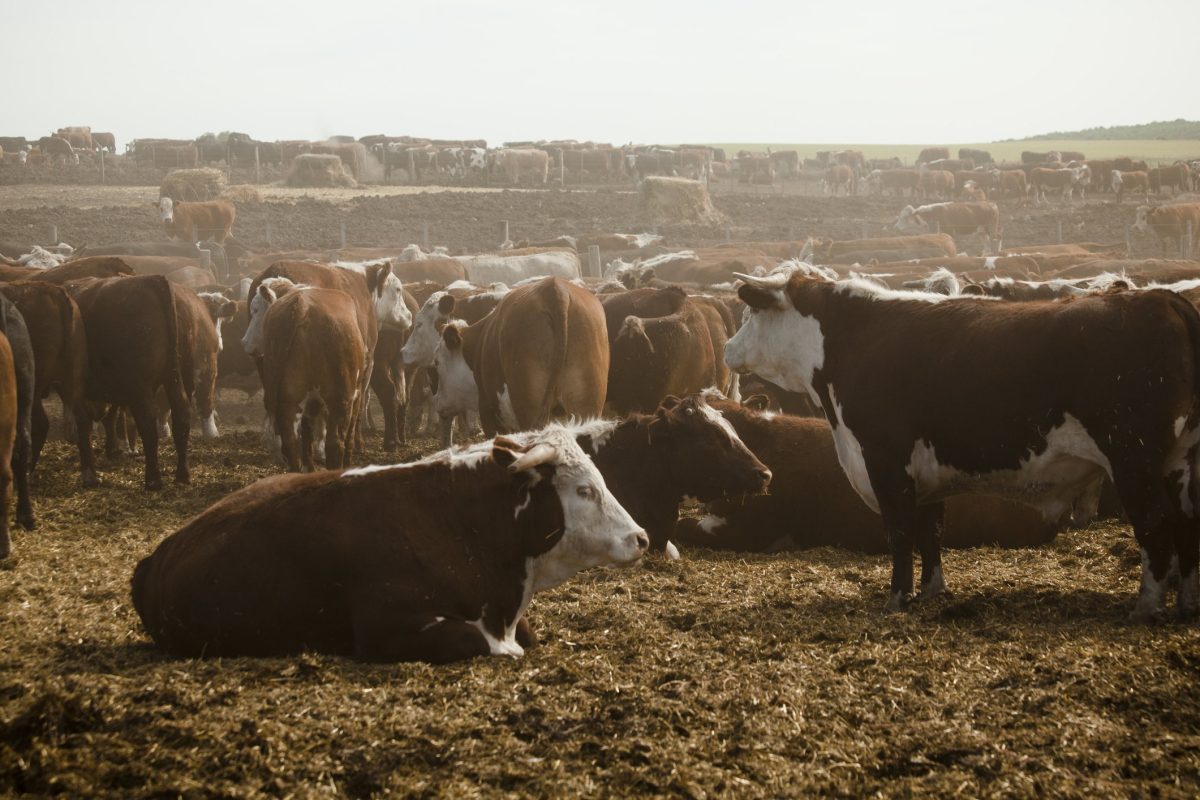Because scientists have identified antibiotic-resistant infections as a serious public health threat that kills more than 35,000 Americans annually, regulators at the U.S. Food and Drug Administration (FDA) have been working to reign in the misuse and overuse of antibiotics in animal agriculture—which contributes to the problem—for more than a decade. Seven years ago, the agency announced the most significant step to date: ending the use of antibiotics also important in human medicine solely for “growth promotion.”
Putting drugs in feed and water to make animals grow bigger and faster, thereby increasing profits, had been a common practice in industrial animal agriculture for decades. While the FDA didn’t end the practice whole hog, the change meant that going forward, farmers would only be able to use specific medically important antibiotics to prevent and treat disease, not fatten pigs. In 2017, the change contributed to a significant, immediate drop in antibiotics sold for use in animals.
“It was really surprising farmers actually reported their primary reason was growth promotion. Obviously, something is falling through the cracks.”
However, new data released by the U.S. Department of Agriculture (USDA) suggests some pork producers may be flouting FDA’s regulations by feeding important drugs to pigs primarily to speed their growth.
The data comes from USDA’s National Animal Health Monitoring System (NAHMS), which collected information on production practices at hog farms housing 1,000 or more pigs between December 2020 and May 2021. At various facilities raising pigs at different points in their life cycle, a percentage of producers reported feeding chlortetracycline, oxytetracycline, tylosin, neomycin, and sulfamethazine primarily for “growth promotion.” All of these drugs are considered medically important by the FDA because they are used to treat infections in humans and are classified as either “highly important” or “critically important” by the World Health Organization.
Public health advocates have long maintained that some farmers would continue to use the drugs for growth promotion because many are still approved to be added to feed for disease prevention. A spike in sales of drugs classified for “therapeutic use” after the FDA ended growth promotion backs up that theory. Now, they see this data as possibly providing more evidence, although they were still confounded by the overt way the practices were reported.
“It was really surprising farmers actually reported their primary reason was growth promotion,” said Steven Roach, the Safe and Healthy Food Program Director at the nonprofit Food Animal Concerns Trust, who has been following the issue for years. “Obviously, something is falling through the cracks.”
An FDA spokesperson declined to provide an interview and instead emailed a statement that read, in part, “The successful implementation of GFI #213 in 2017 means that it is illegal to use medically important antimicrobials for growth promotion purposes in food-producing animals, and all approved uses of medically important antimicrobials in drinking water or animal feed require the authorization (via a prescription or veterinary feed directive) of a licensed veterinarian. The FDA is reviewing the findings and will evaluate them to further our understanding of this issue and assist in our mission to protect public health.”
In response to a request for an interview, a National Pork Producers Council spokesperson sent comments via email. “The pork industry continues to promote judicious antibiotic use of antimicrobials,” they said. “It’s also important to note that veterinarians were not surveyed, and they are the main decision-makers regarding pig health interventions.” The American Association of Swine Veterinarians did not respond to an interview request.
Without more specific details on what each farmer’s veterinary feed directive said and how the data was collected, it’s hard to know whether the statistics are pointing to a serious gap in compliance with FDA’s rules.
A USDA spokesperson said in an email that the agency’s field veterinarians work with producers to collect “nationally representative, anonymized, standardized data on animal health, biosecurity, vaccination, and antimicrobial use,” and noted that participation in National Animal Health Monitoring Systems (NAHMS) surveys is voluntary.
Roach, in analyzing the data, guessed at one explanation. Many of the medically important antibiotics are fed in combination with other drugs that are classified as “non-medically important” or are not antibiotics and therefore can be used for growth promotion. So, for instance, 10 percent of the sites reported feeding chlortetracycline with BMD for “growth promotion.” BMD is not medically important and therefore can be used for that purpose, so it’s possible farmers reported the duo of drugs that way even though one of them was indicated for something else.
USDA’s answers also noted the combinations but went a step further in explaining the practices. For each medically important drug identified, the spokesperson noted that while veterinarians are not permitted to prescribe the drugs “solely for growth promotion purposes,” producers were asked to provide the “primary reason for giving these medications in feed.” (Emphasis theirs.) By that reasoning, if a farmer wants to feed one of these drugs to fatten up his pigs first and foremost, it may be considered OK as long as the drug has a secondary disease prevention benefit.

















Like the story?
Join the conversation.